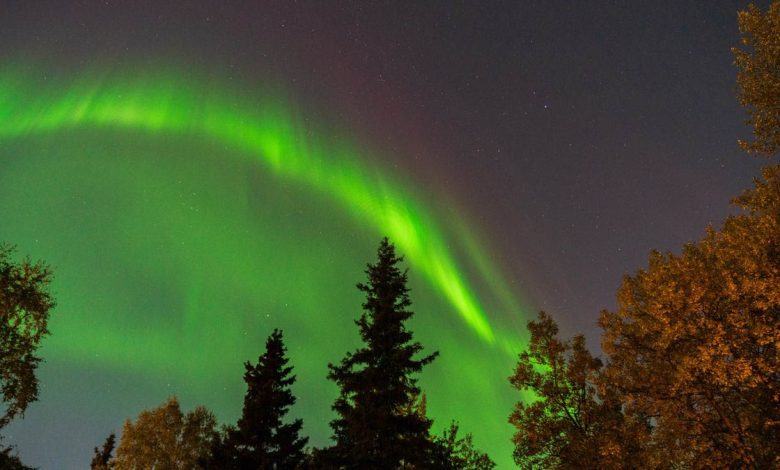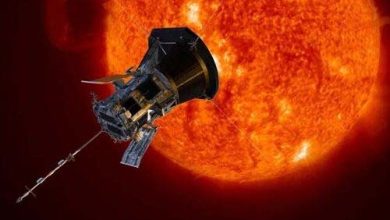Severe geomagnetic storm casts bright lights across US

Science: About six hours later than expected, a giant cloud of plasma and magnetic field from the sun, known as a coronal mass ejection (CME), hit Earth, triggering a massive magnetic storm. The CME arrived at about 7:41 p.m. ET (11:41 p.m. GMT) on Sept. 16 and a bright aurora was seen over the southern Texas Panhandle. The CME was ejected during the eruption of a giant X-class solar flare on Sept. 14. The solar flare peaked at magnitude X4.5 at 11:29 p.m. ET (15:29 GMT), making it the fifth-largest solar flare of the current solar cycle.
CMEs carry electrically charged atoms called ions. When these ions hit Earth’s magnetosphere, they can cause geomagnetic storms and major disturbances in Earth’s magnetosphere. During such storms, ions interact with gases in the Earth’s atmosphere and release energy in the form of light. This light is seen in the Northern Hemisphere as the Northern Lights or Aurora Borealis and in the Southern Hemisphere as the Southern Lights or Aurora Borealis.
The National Oceanic and Atmospheric Administration (NOAA) uses the G scale to measure the strength of geomagnetic storms, ranging from G1 for small storms to G5 for the most intense storms. NOAA had already warned about possible G3 conditions on Sept. 16, but at about 10:57 p.m. EDT (2:57 p.m. Japan time on Sept. 17), the more severe conditions were replaced by G4 conditions. The strong geomagnetic storm conditions last night baffled auroral hunters (who are still awake) across the United States.





